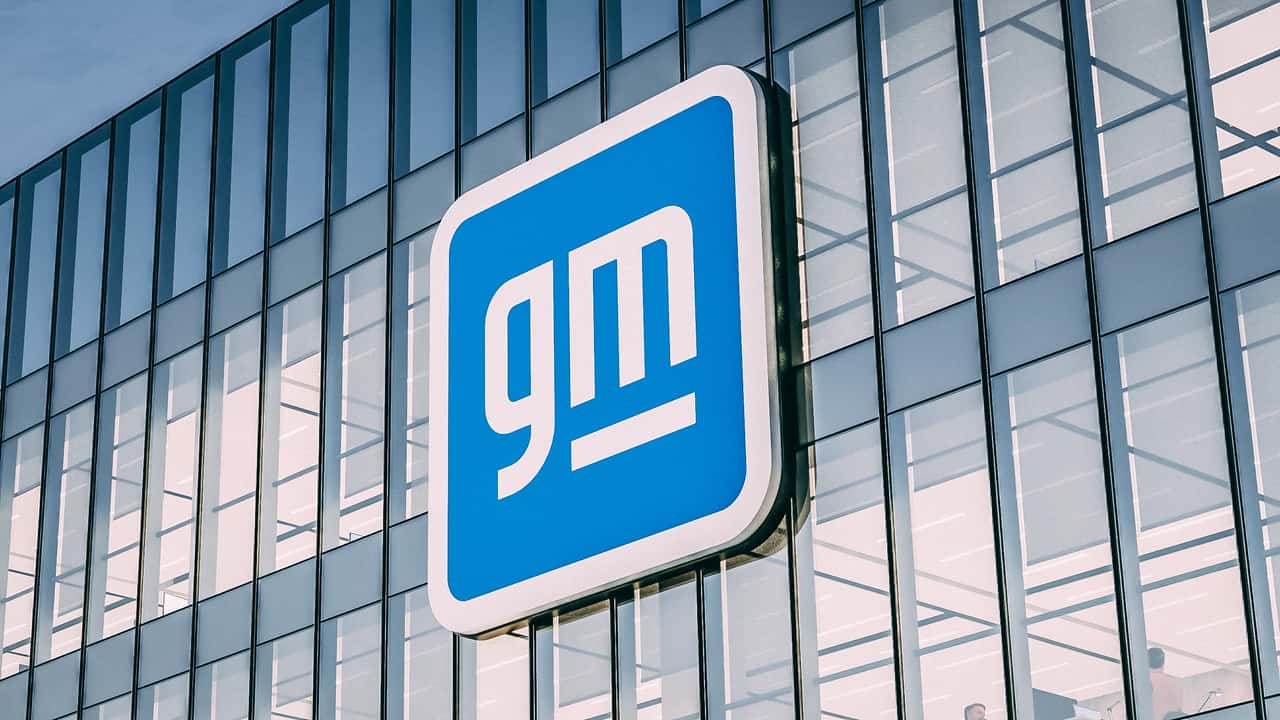
General Motors on Tuesday released its financial results for the second quarter of 2025, revealing a $1.1-billion drop in revenue year-over-year. The drop was blamed squarely on tariffs, with the company expecting even more revenue shortfalls as the year goes on.
Executives like CEO Mary Barra and CFO Paul Jacobson still seemed to be in a positive mood during Tuesday morning’s earnings call, where the team was grilled by analysts on the continued impact of tariffs on the bottom line, as well as the shifting demand for EVs following the loss of federal incentives.
Morale was high because GM beat expectations, posting a record $91 billion in revenue for the first half of the year. That was due mainly to big demand in April and May, when consumers jumped on the opportunity to buy new vehicles to beat tariff-related price hikes. SUVs led the charge, unsurprisingly, with the company pointing specifically to Equinox sales, which jumped 20 percent year over year.
GM also pointed to its success in the EV space. Chevrolet became the number-two EV brand for sales in the country during the second quarter, while luxury brand Cadillac became the number-five EV brand. Despite expecting lower EV volume due to the loss of federal incentives, Barra retains a positive outlook on the division.
Barra noted:
‘Despite slower EV industry growth, we believe the long-term future is profitable electric vehicle production, and this continues to be our north star. As we adjust to changing demand, we will prioritize our customers, brands, and a flexible manufacturing footprint, and leverage our domestic battery investments and other profit-improvement plans.’
Tariffs remain an ever-looming threat, however, and despite being an American brand, GM is far from immune. The company expects a total impact of $4 to 5 billion this year, with $2 billion alone coming from the automaker’s Korean imports (GM builds the Trailblazer, the Trax, the Encore GX, and the Envista in Korea).
Execs say the company should be able to reduce tariff impacts by up to 30% thanks to changes in strategy, like manufacturing adjustments. But they were also quick to point out that these mitigation efforts will take time.

